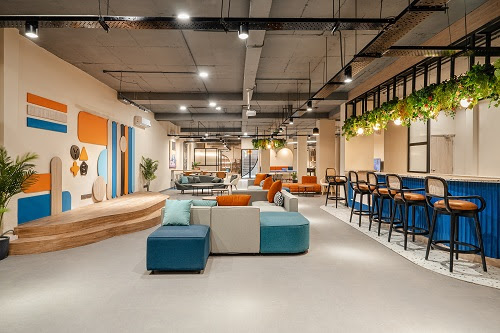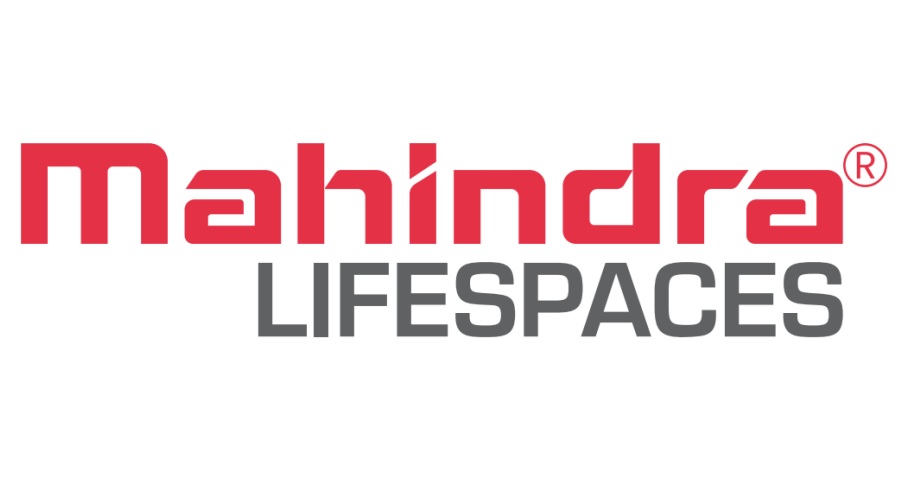
E - PAPER
The Real of Realty
The state of visualization in the architecture engineering construction (AEC) and real-estate industries has been extremely low. Recently, the developers and designers have started working with 3-D models and rendering. In essence, virtual and augmented reality is an extension of that same process.T
 BY
Realty Plus
BY
Realty Plus
Published - Monday, 31 Jul, 2017

The state of visualization in the architecture engineering construction (AEC) and real-estate industries has been extremely low. Recently, the developers and designers have started working with 3-D models and rendering. In essence, virtual and augmented reality is an extension of that same process.The technology combines architecture design with 3D modelling and VR headset to give a virtual experience of a project. The merging of real and virtual worlds produces an environment for an immersive walkthrough of the property and interaction in real time. It is like almost being there
According to experts with the increasing technology enhancements, widespread adoption and resulting cost reductions, VR is likely to become the way of doing business in real-estate in the next few years. An example is architect couple, Gautam and Tithi Tiwari, who stated in one of their interviews, that how in spite of being architects, theygot misled while buying an apartment.This led them to start SmartVizX, the duo collaboration with gamer Chandan Singh to combine the gaming technology with visualization tools and VR for real-estate projects.
Likewise, roOomy is a San Fansisco based virtual staging technology company that by drawing from a catalog of more than 100,000 furniture and household items, allows home buyers to upload a picture of a room and virtually decorate it to reflect personal taste with the AR Google Tango camera. On the other hand, the core package from New York headquartered Virtual Xperience that includes 2-D images, 3-D walkthroughs and a 3-D flythrough video allows VR headset users to access the full walkthrough experience in a under construction property.
The Potential of VR
Indeed, a 2D design even if it is animated doesn't express a project properly to prospective buyers. Thus, VR promises to take real-estate buying and selling to the next level. Currently, some of the mixed reality providers are Oculus Rift, HTC’s Vive, Google Cardboard, Samsung GEAR VR headset and the Microsoft HoloLens.
Many a times, photos can’t quite do justice to a project and walkthrough is still just seeing the place on a 2D screen of computer or mobile. With virtual reality, buyers can virtually walk through a property at their own pace with definite chance of converting potential buyers into genuine buyers without them actually visiting the place.
Similarly, the remote customers get the benefit of getting a guided tour that points out specifics of a particular property’s amenities or standout features as well as the facility of getting queries answered by the virtual real-estate agent. While VR can be a great way to entice potential buyers, the technology also helps create a 3D model of what the completed project will look like, so people can walk through it before it’s even built.
VR that comes with a large price tag as of now hopefully will get more economical as it trickles into the mainstream market, making VR a staple of real-estate sector. But, the Jury is still out on the mass adoption of this technology in realty sector. Some developers agree to its efficacy as a sales & marketing tool enhancing experiential and informed purchases. Others feel, the technology is relevant only for high end, luxury buyers, and doesn't seem to be the way people in the affordable sector will buy their houses. For them, a real walk through and experience of a sample flat will continue to be the method of booking a flat.
The Future Realm
Matterport, a San Francisco company has created a specialized camera to capture 360-degree 3-D scans of rooms, which can then be pieced together into a unified, tourable layout and hosted on Matterport’s website. The company’s working to open its models up to VR as much as possible as it improves the efficiency and cost of its signature product. It is making make every one of its models VR-capable and viewable on devices ranging from the Gear VR to the $15 Google Cardboard, and Google’s adoption of WebVR, which enables the viewing of VR spaces directly in Chrome browsers, without the need to download an app.
In the augmented reality (AR) segment, Pandora Reality technology allows customers to use their smartphones and tablets to examine miniature virtual models of new real-estate projects as if they were positioned on a real-world desk or table in front of them, and they can also use it to project virtual finishes and furnishings into existing spaces to see how they might look.
Goldman Sachs’s report predicts that VR hardware and software makers would start addressing challenges such as “haptics (use of hands), visual display (pixel density, quality), audio (compute power), and tracking (mapping)”. There will be continuous product improvement over the next three to five years in VR, with AR not much further behind now that products such as the HoloLens and the Meta 2 are entering the market.
Augmented Reality Case Study
In collaboration with Skanska USA Commercial Development and digital production agency Studio 216, Microsoft is putting its holographic headset to work for Seattle office tower called 2+U.The actual tower has a scheduled construction completion date of early 2019.
Skanska USA is using the technology to offer potential tenants a look at its high-rise office project, planned for downtown Seattle.Microsoft’s HoloLens augmented reality headset enables customers to go on a multiuser guided holographic tour without yanking them from their current environment. The tour also provides a first-person perspective and a You Are Here-type floating marker so that the tourist knows exactly where he or she is at any given moment.


RELATED STORY VIEW MORE
NEWS LETTER
Subscribe for our news letter
E - PAPER
-

CURRENT MONTH 
LAST MONTH














